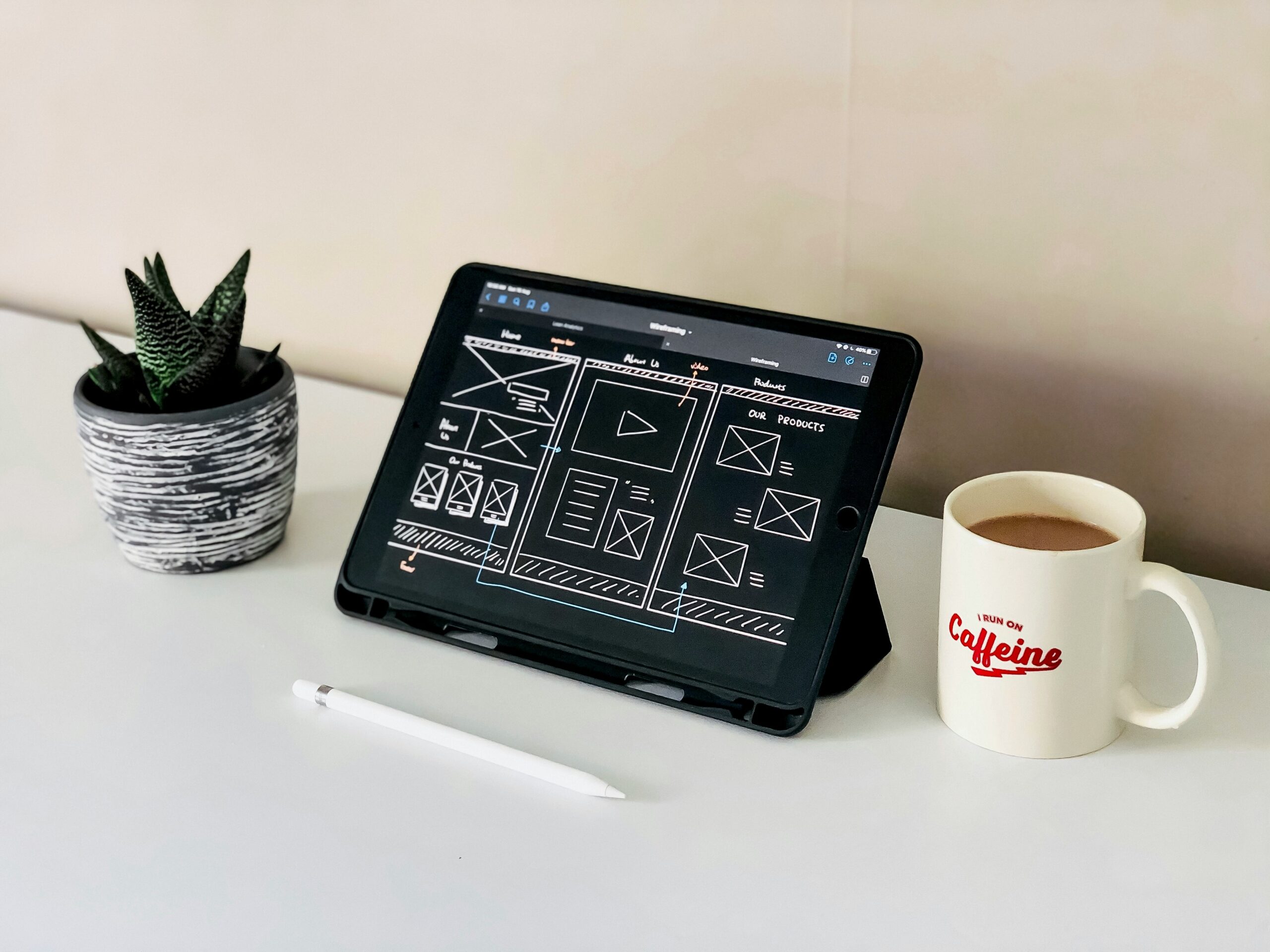In the world of e-commerce, user experience (UX) and user interface (UI) design play a crucial role in determining the success of an online business. With countless options available to consumers, it is essential to create a website that not only attracts visitors but also provides them with a seamless and enjoyable shopping experience. This is where user-centric design comes into play.
Understanding User-Centric Design
User-centric design is an approach that focuses on creating products or services that meet the needs and expectations of the target audience. In the context of e-commerce, it means designing a website that is intuitive, easy to navigate, and visually appealing to users. By putting the user at the center of the design process, businesses can ensure that their website meets the expectations of their target customers.
A user-centric design approach involves conducting user research to gain insights into the preferences, behaviors, and pain points of the target audience. This research helps businesses understand what users are looking for in an e-commerce website and enables them to design a user interface that caters to those needs.
The Benefits of User-Centric Design in E-Commerce
Implementing a user-centric design in e-commerce can bring several benefits for businesses:
1. Improved User Experience
By designing a website with the user in mind, businesses can create an intuitive and user-friendly interface. This makes it easier for visitors to navigate through the site, find the products they are looking for, and make a purchase. A positive user experience leads to increased customer satisfaction and higher chances of repeat business.
2. Increased Conversion Rates
A user-centric design can significantly impact conversion rates. When users find a website easy to use and navigate, they are more likely to complete their purchase. By optimizing the user interface and removing any friction points, businesses can increase the chances of converting visitors into paying customers.
3. Enhanced Brand Perception
A well-designed e-commerce website reflects positively on the brand. When users have a seamless and enjoyable experience on a website, they are more likely to perceive the brand as trustworthy and reliable. This can help build brand loyalty and encourage customers to recommend the website to others.
4. Competitive Advantage
In a crowded e-commerce market, a user-centric design can give businesses a competitive edge. By providing a superior user experience, businesses can differentiate themselves from their competitors and attract more customers. A website that is easy to use and visually appealing can make a lasting impression on users and encourage them to choose one brand over another.
Best Practices for User-Centric Design in E-Commerce
To create a user-centric design for an e-commerce website, businesses should consider the following best practices:
1. Conduct User Research
Before starting the design process, it is crucial to understand the target audience. Conduct user research to gain insights into their preferences, behaviors, and pain points. This will help in designing a website that meets their needs and expectations.
2. Simplify Navigation
A complex and confusing navigation can frustrate users and lead to high bounce rates. Keep the navigation simple and intuitive, allowing users to easily find the products or information they are looking for. Use clear labels and categories to guide users through the website.
3. Optimize Page Load Speed
Slow-loading pages can drive users away from the website. Optimize the website’s performance by reducing page load times. Compress images, minify code, and leverage caching techniques to ensure fast and smooth browsing experience.
4. Prioritize Mobile Responsiveness
In today’s mobile-first world, it is essential to design websites that are responsive and mobile-friendly. Ensure that the website looks and functions well on different devices and screen sizes. Mobile users should have the same seamless experience as desktop users.
5. Use Visual Hierarchy
Guide users through the website by using visual hierarchy. Use different font sizes, colors, and spacing to highlight important elements and create a clear flow of information. This helps users understand the website’s structure and find what they are looking for easily.
6. Incorporate User Feedback
Continuously gather feedback from users and incorporate it into the design process. User feedback provides valuable insights into areas that need improvement and helps in creating a better user experience.
Conclusion
A user-centric design is crucial for the success of an e-commerce website. By focusing on the needs and expectations of the target audience, businesses can create a website that provides a seamless and enjoyable shopping experience. Implementing best practices such as conducting user research, simplifying navigation, and optimizing page load speed can help businesses stand out in the competitive e-commerce landscape.












Leave a Reply